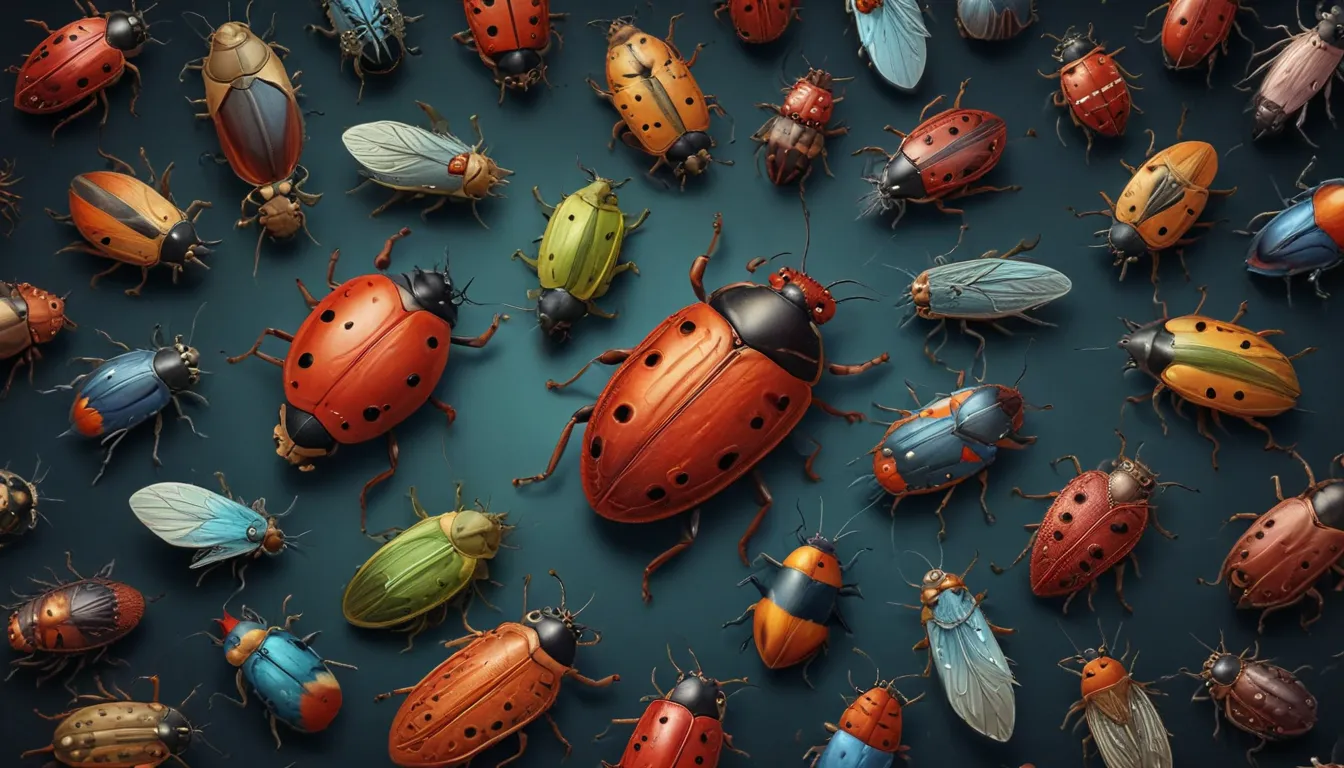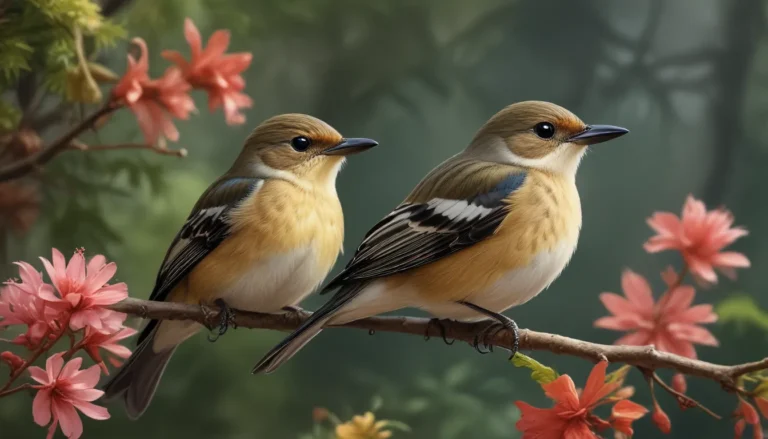The pictures we use in our articles might not show exactly what the words say. We choose these pictures to make you interested in reading more. The pictures work together with the words but don’t take their place. The words still tell you the important facts.
Welcome to the captivating world of love bugs, also known as March flies or honeymoon flies! These small insects with their peculiar behavior and appearance have captured the attention and curiosity of people around the world. Found in warm and humid regions, love bugs form swarms that are not only fascinating to observe but also serve as indicators of environmental health in the ecosystem.
Unlocking the Mysteries of Love Bugs
Let's delve into the enchanting realm of love bugs and uncover 11 interesting facts about these tiny creatures. From their distinctive mating habits to their impact on agriculture, there is so much to learn and appreciate about these fascinating insects.
The Intriguing Love Bug: Plecia nearctica
The Love Bug, scientifically known as Plecia nearctica, is a species of march fly that is commonly found in the southeastern United States and parts of Central America. Their distinct red thoraxes set them apart from other similar insects, making them easily recognizable.
Swarm Spectacle: Witnessing Love Bugs in Action
During the Love Bug season in the southeastern United States, it is not uncommon to witness these insects flying in large swarms, creating a mesmerizing sight for onlookers. Their synchronized movements and sheer numbers can be quite a spectacle to behold.
Love Bugs: Brief Yet Impactful Lives
Despite their brief lifespan of only a few days, Love Bugs make the most of their time by focusing on mating and reproducing. This short-lived existence is dedicated to ensuring the continuation of their species.
Harmless Creatures: Love Bugs and Humans
Love Bugs may swarm in large numbers, but fear not as they are harmless to humans. These insects do not bite or sting, making them more of an annoyance than a threat to people.
Attracted to Brightness: Love Bugs and Light-Colored Surfaces
Love Bugs have a natural attraction to light-colored surfaces, leading them to congregate on cars and other bright objects. While this behavior may be intriguing, it can also pose challenges during swarm season.
Pollination Partners: Love Bugs’ Crucial Role
Beyond their swarming tendencies, Love Bugs play a crucial role in pollination. By aiding in the reproduction of plants and flowers, these insects contribute to the diversity and health of the ecosystem.
Mid-Air Mating Dance: Love Bugs’ Unique Behavior
One of the most fascinating aspects of Love Bugs is their mating behavior. These insects pair up and mate while flying, forming a connection that can last for several hours or even days.
Love Bugs and Carbon Emissions: A Troubling Attraction
The carbon dioxide emissions from vehicles attract Love Bugs, leading them to swarm around highways and roads. This can create visibility issues for drivers and impact their daily commute.
The Origins of the Name: Love Bugs in Pairs
The endearing name "Love Bugs" stems from the insects' habit of staying closely attached to each other while in flight. The sight of these insects flying in pairs has a romantic connotation that adds to their appeal.
Seasonal Surges: Love Bugs in Spring and Fall
Love Bugs are most prevalent during spring and fall, as this is when they are actively mating and reproducing. These seasonal surges in population mark key periods in their life cycle.
Embracing Love Bugs: Appreciating Their Beauty and Importance
In conclusion, love bugs are not just pests but fascinating creatures that contribute significantly to the ecosystem. Taking a moment to admire their beauty and recognize their important role can deepen our appreciation for these tiny yet impactful insects.
Frequently Asked Questions About Love Bugs
- What are love bugs? Love bugs, also known as Plecia nearctica, are small insects part of the march fly family.
- Why are they called love bugs? Love bugs earned their name due to their unique mating behavior of synchronized flights.
- Where are love bugs found? Love bugs are commonly found in the southeastern United States, Central America, and South America.
- What do love bugs eat? Love bugs primarily feed on nectar from flowers and do not pose a threat to humans.
- Are love bugs harmful? Love bugs are considered relatively harmless as they do not bite, sting, or transmit diseases.
- How long do love bugs live? The adult love bug lifespan is typically a few weeks, focusing on mating and reproduction.
- Do love bugs serve a purpose in the ecosystem? Yes, love bugs play a vital role in pollination, aiding in plant reproduction.
- How can I protect my car from love bug damage? Regularly washing your car and using a bug deflector can help minimize residue.
- Can love bugs be controlled? While challenging to control, sealing gaps and using screens can help minimize their presence.
- Are love bugs found in other parts of the world? Love bugs are primarily found in the Southeastern United States, with similar species in other regions.
Love bugs with their quirky behaviors and fascinating life cycles never cease to amaze. From their synchronized mating flights to pollination prowess, these little critters pack a punch. If you enjoyed learning about love bugs, you'll adore discovering more about the iconic Volkswagen Beetle in Disney's classic film.
Our commitment to delivering trustworthy and engaging content ensures that each fact shared is not only fascinating but also credible. Trust in our dedication to quality and authenticity as we explore the wonders of the natural world together.






